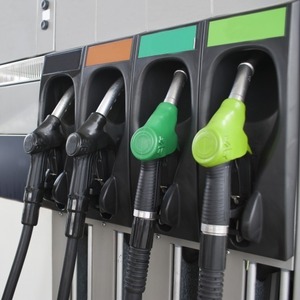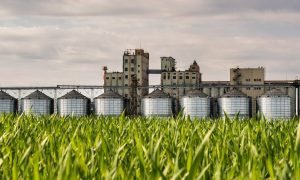India’s 20% ethanol blending aim in ESY 2025 will require more sugarcane utilisation, says CRISIL

India aims to blend 20% ethanol in petrol by 2025, requiring increased supply from grain and sugarcane feedstock. CRISIL Ratings reports that annual ethanol production from grains is expected to rise significantly, while sugarcane processing will also contribute substantially. Effective utilization of both feedstocks will optimize sugar inventory and help achieve the blending target. The government’s policy on sugarcane allocation and grain feedstock prices will be crucial in the road ahead.
India’s aim to blend 20 per cent ethanol in petrol by Ethanol Supply Year (ESY) 2025 or around 990 crore litre annually, will require effective utilisation of both grain and sugarcane feedstock to increase its supply, stated a report by CRISIL Ratings. This will also help optimise sugar inventory, particularly considering the high carry-over stock expected at the end of the current season owing to the government restriction on diversion for ethanol production and exports.
Per the report, annual ethanol production from grains is expected to witness a significant increase to approximately 600 crore litre by the next season. This season’s production estimate is around 380 crore litre. The balance will have to be produced by processing ethanol from sugarcane, which is viable given the substantial capacity in place.
CBI grills former Kar Medical College principal again in Doctor’s rape-murder case, asks for reason behind delay in informing parents
Supreme Court refuses to stay Patna HC order striking down Bihar’s reservation quotas from 50 to 65%
Blending ethanol helps reduce India’s dependence on crude oil imports. The ethanol blending rate has steadily risen 200-300 basis points each season since ESY 2021. While grain utilisation for producing ethanol is not controlled, the government determines the quantum of sugarcane utilisation based on its estimation of demand-supply balance of sugar for the year ahead.
The sugarcane production this year is expected to have been impacted by last year’s erratic rainfall. Consequently, ethanol production from the sugarcane route is expected to be restricted to around 250 crore litre (equivalent of 2.5 million tonne of sugar) this season.
“Ethanol blending could still improve to 14 per cent in ESY 2024 as extraction from grains has significantly risen due to 40 per cent capacity expansion. That will compensate for the reduced output from sugarcane. However, to reach the 20 per cent blending target by ESY 2025, allocating sugarcane required to produce ~4 million tonne of sugar can be considered for ethanol production, similar to the season 2023,” said Poonam Upadhyay, Director, CRISIL Ratings.
In the upcoming season 2025, gross sugar production is expected to be around 33.5 million tonne, with consumption at approximately 29.5 million tonne. Additionally, sugar inventories are projected to be healthy by the end of this season.
Hence, CRISIL stated, allowing sugarcane — equivalent to the quantity required to produce 4 million tonne of sugar — for ethanol supply (390 crore litre) can be considered, while the larger remaining share will be sourced from grain-based route.
“Higher sugarcane usage for ethanol production will also help optimise sugar inventory, which is estimated to rise to about 4 months of consumption (~8 million tonne) by the end of this season. Besides, it can positively impact the cash flows of sugar mills and help them pay cane dues to farmers on time,” said Anil More, Associate Director, CRISIL Ratings.
In the road ahead, CRISIL said, the policy on quantum of sugarcane allowed next season and availability and prices of grain-based feedstock will bear watching.














